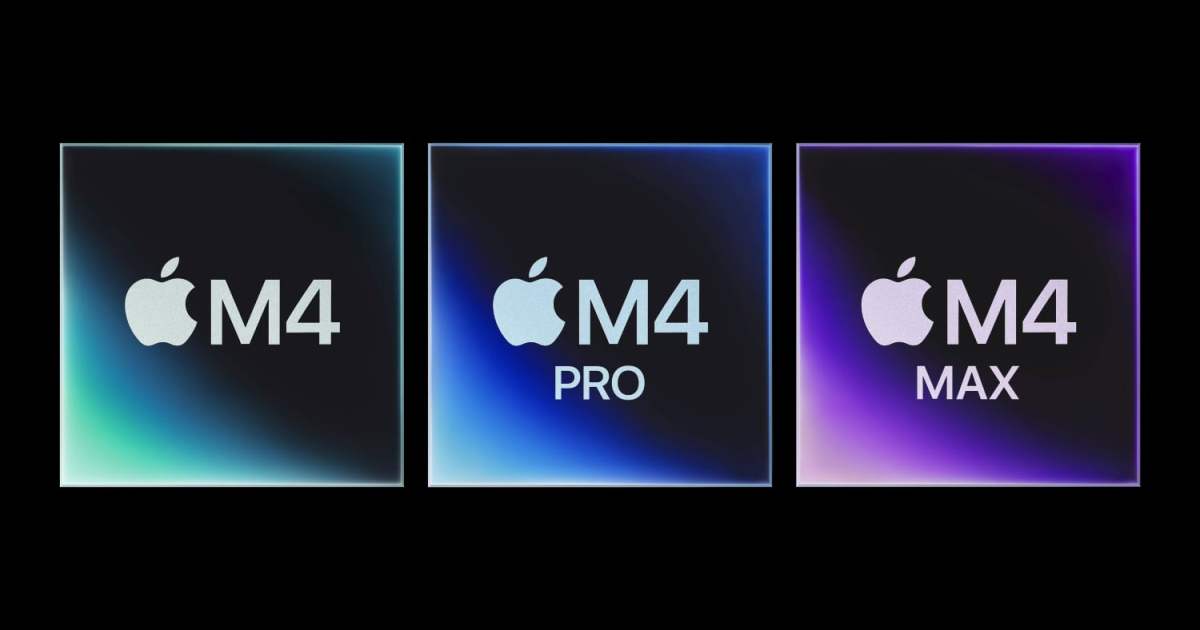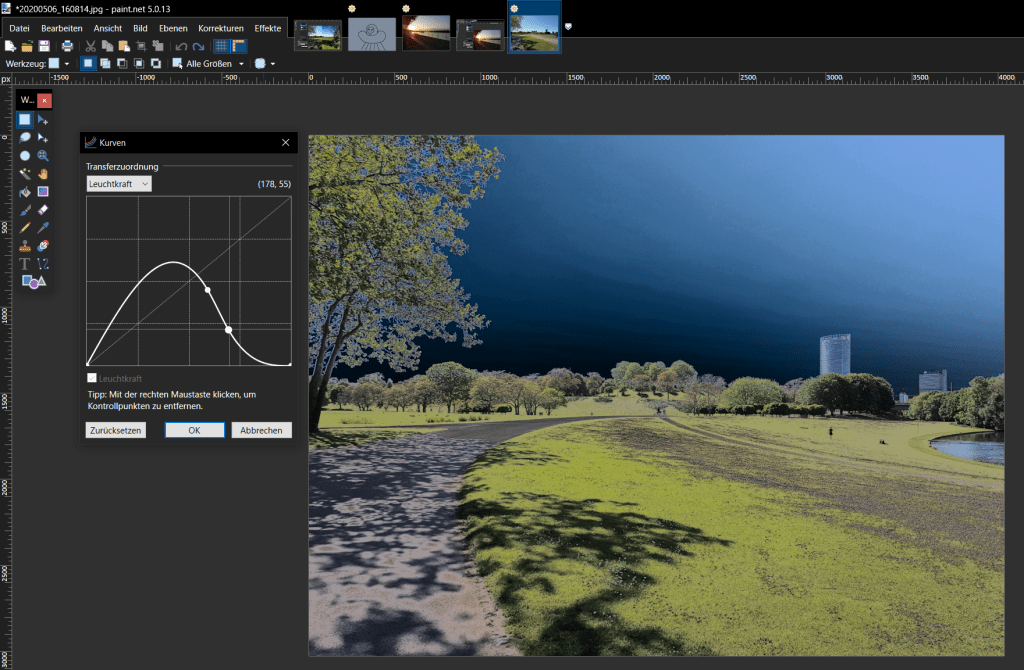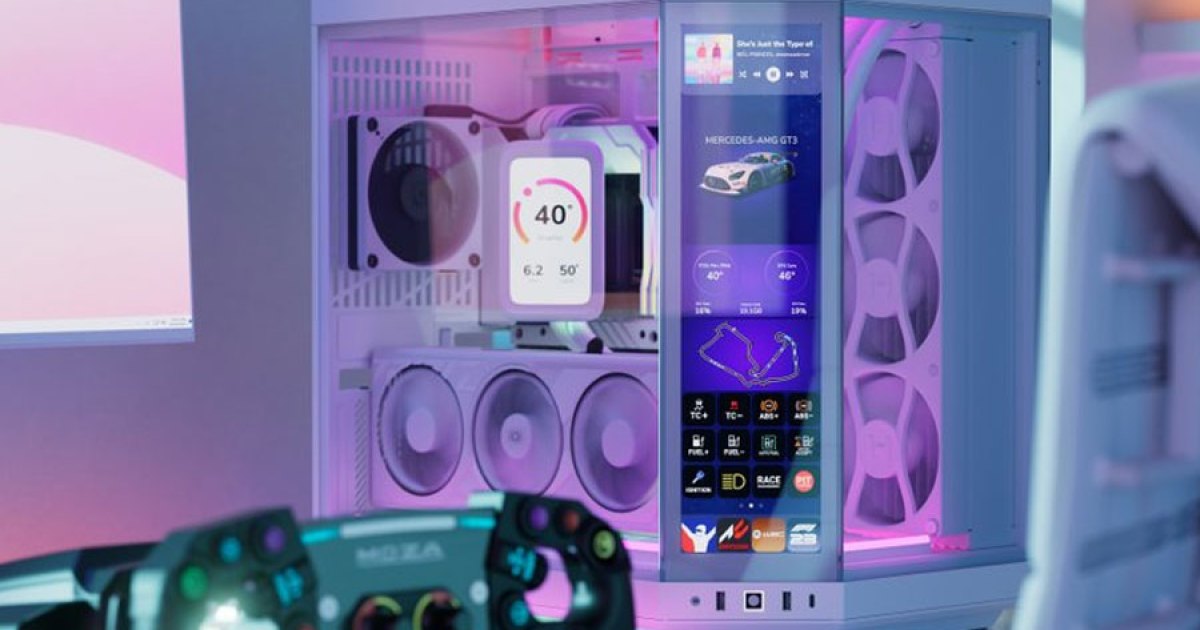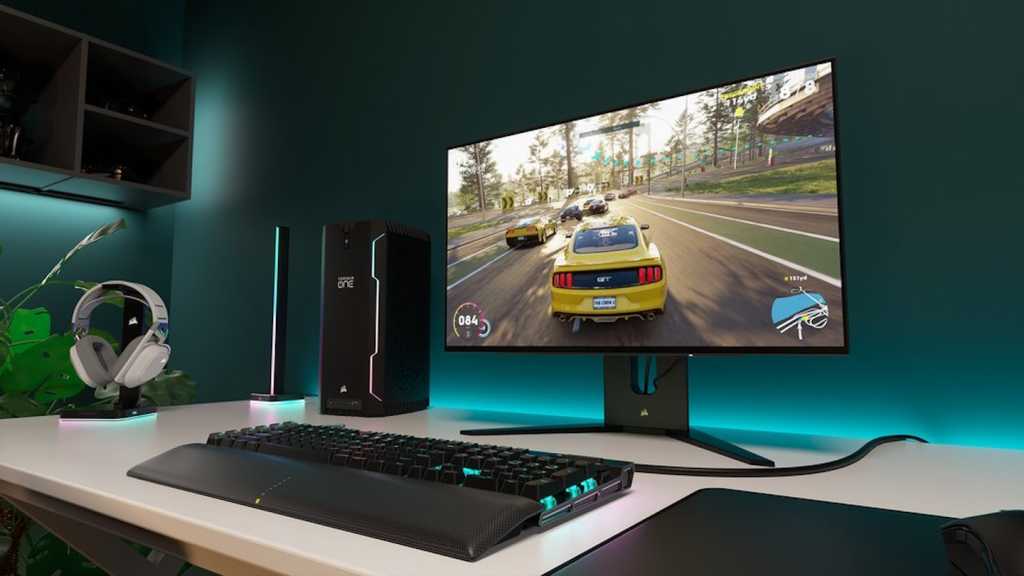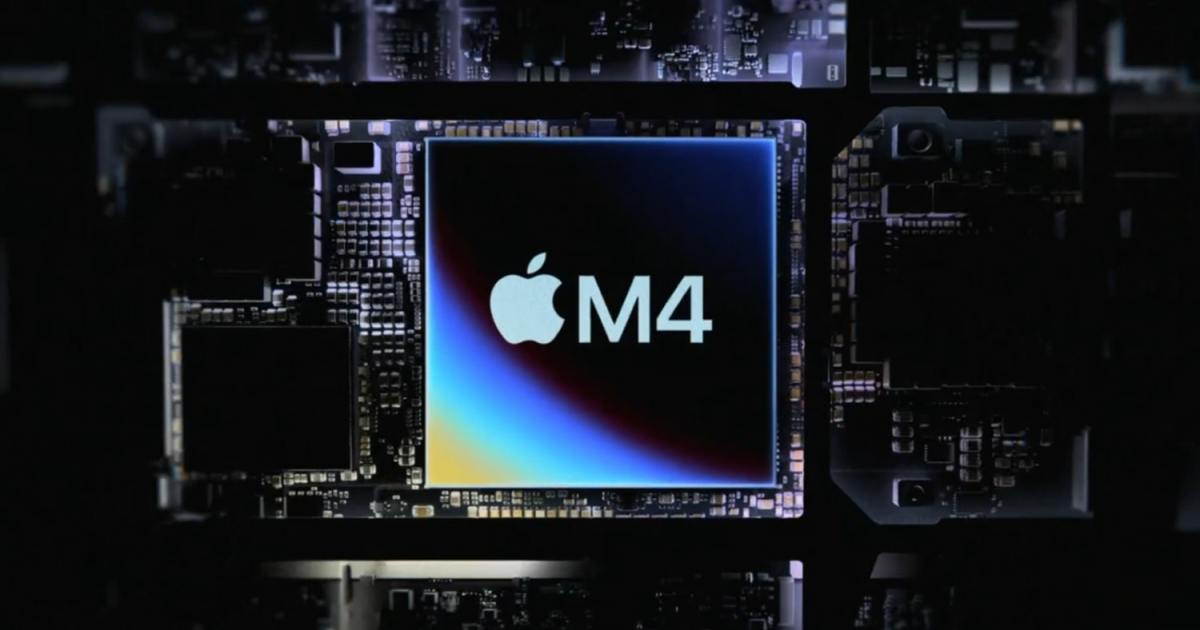Apple’s latest M4 chip is making waves in the tech world, powering a new generation of Macs and iPads. From the redesigned Mac mini to the souped-up MacBook Pro and the latest iPad Pro, the M4 promises enhanced performance and exciting new features. But is it worth the upgrade? This article dives deep into the M4 chip, exploring its performance, features, and the devices it powers.
![]() The M4 Mac mini being used in a workplace.
The M4 Mac mini being used in a workplace.
M4 Chip Availability and Pricing
Apple took a staggered approach to the M4 rollout. Unlike previous years, the M4 debuted in the iPad Pro in May 2024 before making its way to Macs. The M4-powered iMac, MacBook Pro, and Mac mini are already available, with the MacBook Air expected in early 2025, followed by the Mac Studio and Mac Pro mid-year. The MacBook Air will likely feature the standard M4, while the Mac Studio and Mac Pro will likely house the more powerful M4 Max and M4 Ultra variants.
Impressively, Apple maintained the starting prices of the M4 Macs despite significant upgrades. The iMac, Mac mini, and MacBook Pro retain their respective starting prices of $1,299, $599, and $1,599. This contrasts with the M4 iPad Pro, which saw a $200 price increase for both models, attributed partly to doubled storage and the new Tandem OLED display. While the initial M4 Mac pricing is encouraging, future price increases across the Mac line remain a possibility.
M4 Performance: Benchmarks and Real-World Tests
![]() Someone using a MacBook Pro at a desk.
Someone using a MacBook Pro at a desk.
Apple claims the M4 chip delivers significant performance boosts. The M4 iMac boasts 1.3 times the performance in Microsoft Excel and 1.1 times the gaming output of the M3. The M4 MacBook Pro processes images in Affinity Photo up to 1.3 times faster. All M4 Macs also feature a standard 16GB of memory, further enhancing performance.
Independent reviews confirm these improvements. Our M4 iPad Pro review showed significant gains over previous iPads and competing tablets. This stems partly from the second-generation 3nm process, increasing efficiency. The M4’s updated 16-core Neural Engine, capable of 38 trillion operations per second (TOPS), surpasses any neural processing unit in current AI PCs.
Our tests of the M4 Pro MacBook Pro and Mac mini reveal impressive results. The 16-inch MacBook Pro scored 179 and 1,752 in Cinebench R24 single-core and multi-core tests, respectively. Geekbench 6 scores were 3,930 (single-core) and 22,712 (multi-core). The HandBrake video rendering test took 49 seconds. Graphically, the M4 Pro achieved 81 fps in Shadow of the Tomb Raider, outperforming even the M2 Ultra’s 60-core GPU in the Mac Studio.
The M4 Pro Mac mini delivered similar performance, matching the MacBook Pro’s 49-second HandBrake time. While its Cinebench R24 scores were slightly lower, it excelled in Geekbench 6, scoring 4,005 (single-core) and 23,047 (multi-core).
![]() iMac with M4
iMac with M4
The M4 Pro significantly outperforms the M3 Max, which took 53 seconds in HandBrake and scored 139 (single-core) and 1,522 (multi-core) in Cinebench R24. The M4 series also doubles the starting RAM to 16GB, boosting multitasking and productivity. These improvements, particularly the RAM increase, contribute to enhanced AI capabilities, essential for Apple Intelligence.
Leaked benchmarks further validate the M4’s performance. The standard M4 chip scored approximately 27% and 31% higher than the M3 in single-core and multi-core Geekbench tests, respectively. Metal API benchmarks also show a 20% improvement for the M4’s graphical capabilities.
The Future of the M4: Ultra and Beyond
![]() The ports on the back of the Mac mini M4 Pro.
The ports on the back of the Mac mini M4 Pro.
While the M4 Ultra is yet to launch, rumors suggest a significant change. Reports indicate the M3 Max lacks Apple’s UltraFusion technology, used to combine two M2 Max chips into the M2 Ultra. This suggests the M4 Ultra might be a standalone chip, potentially leading to improved performance scaling.
Which Devices Will Get the M4 Chip?
![]() A person holds a MacBook Air at Apple
A person holds a MacBook Air at Apple
The standard M4 currently powers the 14-inch MacBook Pro, iMac, Mac mini, and iPad Pro, and is expected in the 13-inch and 15-inch MacBook Air. The M4 Pro is available in the 14-inch and 16-inch MacBook Pro and Mac mini. The M4 Max is found in the 14-inch and 16-inch MacBook Pro and is expected in the 2025 Mac Studio. Finally, the M4 Ultra is anticipated in the Mac Studio and Mac Pro, also slated for a mid-2025 release.



